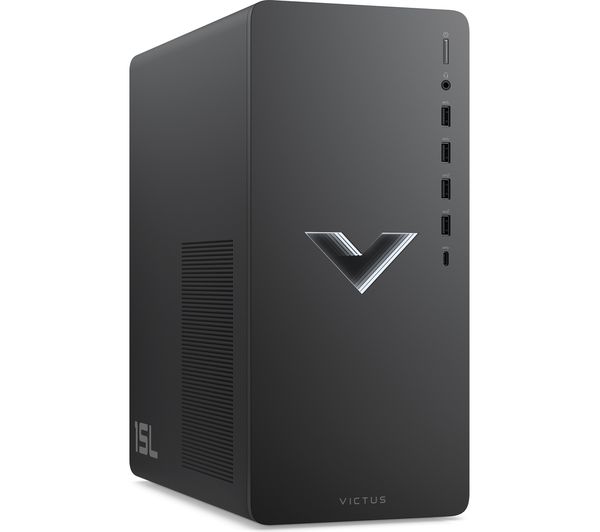Solar energy has become increasingly popular as an eco-friendly and cost-effective way of generating electricity. With the growing concerns over climate change, many homeowners are now turning to solar energy to reduce their carbon footprint and lower their energy bills. If you are considering installing solar panels on your flat roof, this guide will help you get started.
- Assess Your Roof’s Suitability
The first step is to determine whether your flat roof is suitable for solar panel installation. A flat roof is ideal for solar panels because it provides an unobstructed surface for the panels to be mounted on. However, it is important to ensure that your roof can handle the weight of the panels, especially if you live in an area with heavy snowfall. You should also check whether there are any obstructions such as chimneys, skylights or air conditioning units that may cast a shadow on the panels and reduce their efficiency.
- Calculate Your Energy Requirements
Before you start installing solar panels, it is important to calculate your energy requirements. This will help you determine the number of solar panels you need to install to meet your energy needs. You can calculate your energy requirements by checking your energy bills over the past year and determining your average daily energy consumption.
- Choose the Right Solar Panels
Many types of solar panels are available in the market, but not all are suitable for flat roof installation. The most common types of solar panels used on flat roofs are monocrystalline and polycrystalline panels. Monocrystalline panels are more efficient but expensive, while polycrystalline panels are less efficient but more affordable. You should also consider the warranty offered by the manufacturer and the installation requirements before choosing a solar panel.
- Mount the Solar Panels
Once you have selected the right solar panels, the next step is to mount them on your flat roof. There are two types of mounting systems available – ballast and penetrating. Ballasted systems use weights to hold the solar panels in place while penetrating systems require holes to be drilled into the roof. Penetrating systems are more secure but may require additional roof repairs if the roof leaks. You should consult a professional installer to determine which mounting system best suits your roof.
- Connect the Panels to the Grid Mains Supply
After mounting the solar panels, the last step is to connect them to the grid mains supply. This requires the installation of an inverter that converts the DC power generated by the solar panels into AC power that can be used in your home or fed back into the grid. A qualified electrician must install the inverter to ensure safety and compliance with local regulations.
In conclusion, installing solar panels on your flat roof is a fantastic way to reduce your energy bills and carbon footprint. However, it is important to assess your roof’s suitability, calculate your energy requirements, choose the right solar panels, mount them properly and connect them to the grid mains supply. By following these steps, you can ensure a successful and safe solar panel installation.





















